Ergonomic arm rest review by Karen M Berisford
As a professional artist, I spend significant time working at my desk. While I have an easel, I only use it when working on large paintings. The easel's adjustability, both horizontally and vertically, is impressive. Still, it lacks arm support, making it uncomfortable to work on for extended periods.
Working at an easel for long hours can be challenging for artists, as it can cause pain and stiffness in the shoulders, arm and wrist. This can affect the quality and enjoyment of the art, as well as the health and well-being of the artist.
A while ago, I bought an ergonomic arm rest which attaches to a solid surface, and use it to support my forearm and wrist when working from my easel. It provides the necessary support to reduce the strain on my hand and wrist as I work and it has helped to improve my posture and reduce the stress on the muscles and joints. It also allows my hand and arm to move freely and smoothly, giving more control and precision over the strokes.
I have provided a video below showing how the arm clamp operates.
My armrest is constructed of metal, which is necessary to support the weight of my arm. The armrests need to have some weight behind them to clamp onto a desk securely while also supporting the weight of your arm. A few companies sell ergonomic armrests, and as I am not endorsing any particular brand, the fittings may differ from one brand to another.
An ergonomic arm rest is adjustable and flexible and the height of the arm rest can be changed to suit the preferences and needs of the artist. There are five different height settings, up to 4 inches, to choose from. The arm rest can also swivel and move with the arm as the artist works. The arm rest has a clamp that fits most easels, and can be attached and detached easily.
The one I have is from BONTEC which I purchased on AmazonUK, however there are others brands available which may differ slightly in their design. There are numerous arm rest designs available if this style is not suitable. Here is the link on Amazon.
By sharing this information, I hope others may also benefit from its usefulness. Please note that I am not promoting or endorsing this product but offering friendly advice for those who may find it beneficial.
0 Comments
If you are an artist who cares about the longevity and preservation of your work, you might have heard of the terms “acid-free” and “archival” when it comes to paper quality. But what do they mean, and how do they affect your art? Let's take a look. Acid-free paper is paper that has a neutral or alkaline pH, meaning it does not contain any acids that could cause deterioration or discoloration over time. Acid-free paper is more resistant to yellowing and fading, and it is better for the environment. Archival paper is paper that meets certain standards of permanence and durability, in addition to being acid-free. Archival paper should also contain no groundwood or unbleached pulp, meet strict limits on metallic content, and be free from optical brighteners, which artificially make the sheet whiter. Archival paper is often made with 100% cotton, which is considered to be the most stable and pure cellulose fiber. Acid-free paper is not necessarily archival, and archival paper is not necessarily acid-free. For example, an acid paper with buffers added could still deteriorate or yellow if the acid remaining in the sheet or formed during aging exceeds the buffering capacity. Conversely, an alkaline paper without any buffers could become acidic over time due to environmental factors. Most papers that have archival properties were originally designed for use in printing. However, certain papers, like Stonehenge, have gained popularity among coloured pencil artists due to their archival qualities. Archival papers are known for their lightfastness, which is typically assessed using the "Blue Wool" scale. This means that these papers do not fade over time or experience significant fading compared to non-lightfast papers. Conversely, non-archival papers like the Ursus line, are acid-free and can still be protected in various ways. If you intend to frame your artwork, it is advisable to use UV-protected or museum-quality glass as a means of safeguarding the artwork. Although this option may be more expensive, it provides the assurance of long-term protection. Did you know? If you cover the entire surface using lightfast products, the underlying material is protected from direct exposure to light. Lightfast products are designed to resist degradation when exposed to light, significantly reducing the rate of fading. However, it’s important to note that no product can completely eliminate fading, especially under intense or prolonged exposure to light. Regular maintenance and care are still necessary to preserve the appearance and quality of the surface. Advice for caring for your archival and acid free paper
The term “archival” is not regulated or standardised, and different manufacturers and archivists may have different definitions and criteria for what makes a paper archival. Therefore, it is important to check the specifications and certifications of the paper before buying it, and to look for reputable brands and sources.
What’s your favourite type of paper for your art? Do you go for acid-free, archival, or a mix of both? We’d love to hear your thoughts in the comments! |
AuthorKaren M Berisford Archives
March 2024
Categories
All
|
QUICK LINKSArticles
Art Tutorials Art Workshops Workshop Gift Vouchers Art Blog About ko-fi Our social media page About the Tutor Contact Site Map Vertical Divider
|
HOW TO SUPPORT USThank you for visiting our website, which offers valuable global resources for artists. We strive to provide a pleasant browsing experience by keeping our site advertisements-free. We do not earn money from this website, but you can show appreciation by buying us a coffee on ko-fi.com. You will find the donation buttons below and can follow us on ko-fi to stay informed of the latest news. We appreciate your visit! |
No part of this website should be copied or re-used anywhere without written permission from Karen M Berisford - 2011 - 2023
All images on this website are copyright of Karen M Berisford unless otherwise stated - Website design by Karen M Berisford. All rights Reserved.
All images on this website are copyright of Karen M Berisford unless otherwise stated - Website design by Karen M Berisford. All rights Reserved.
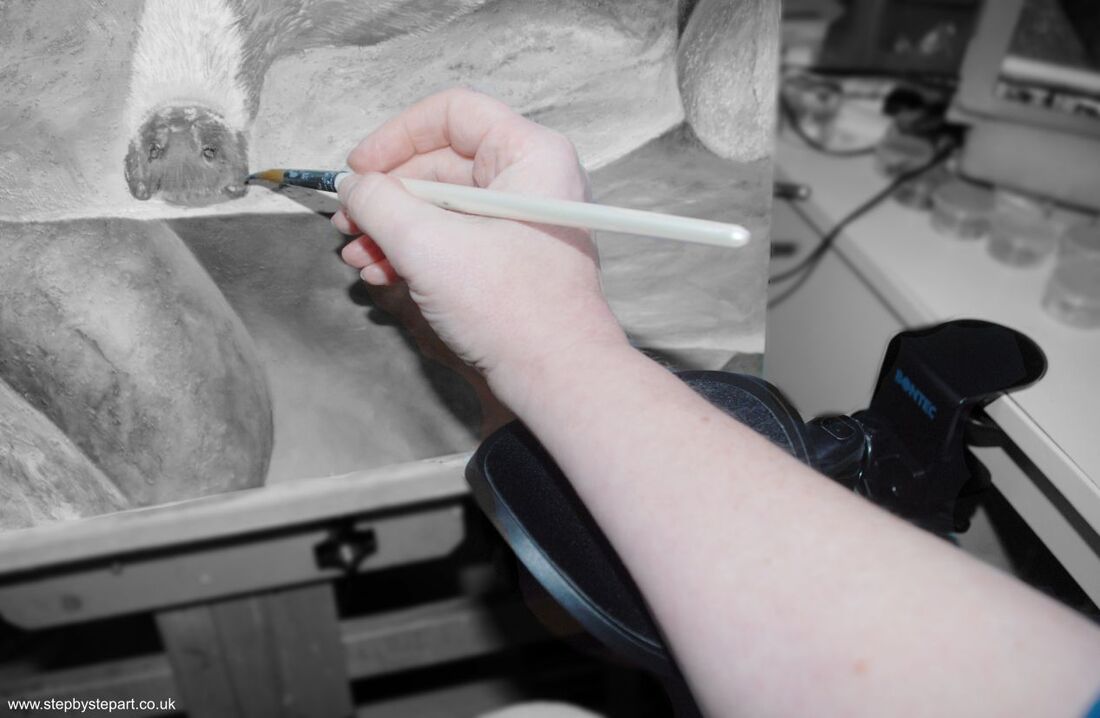
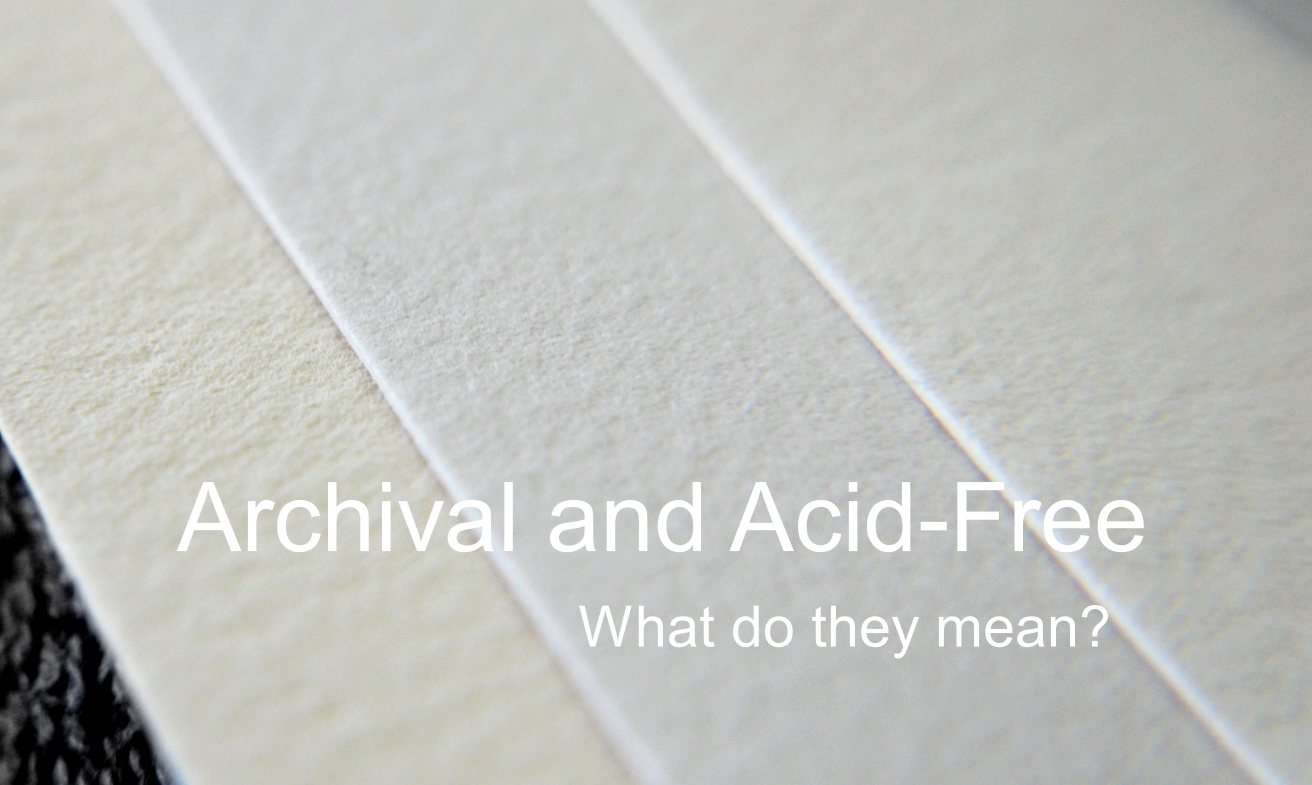
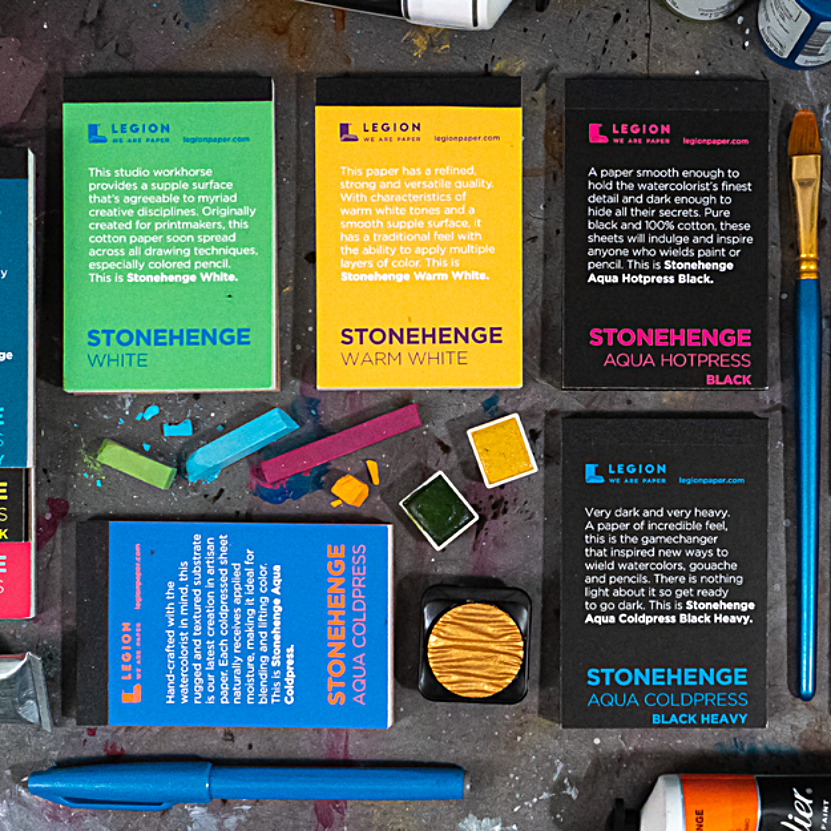
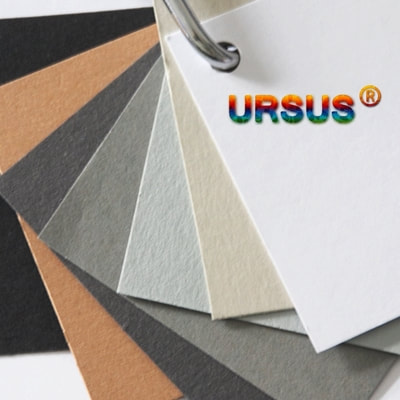
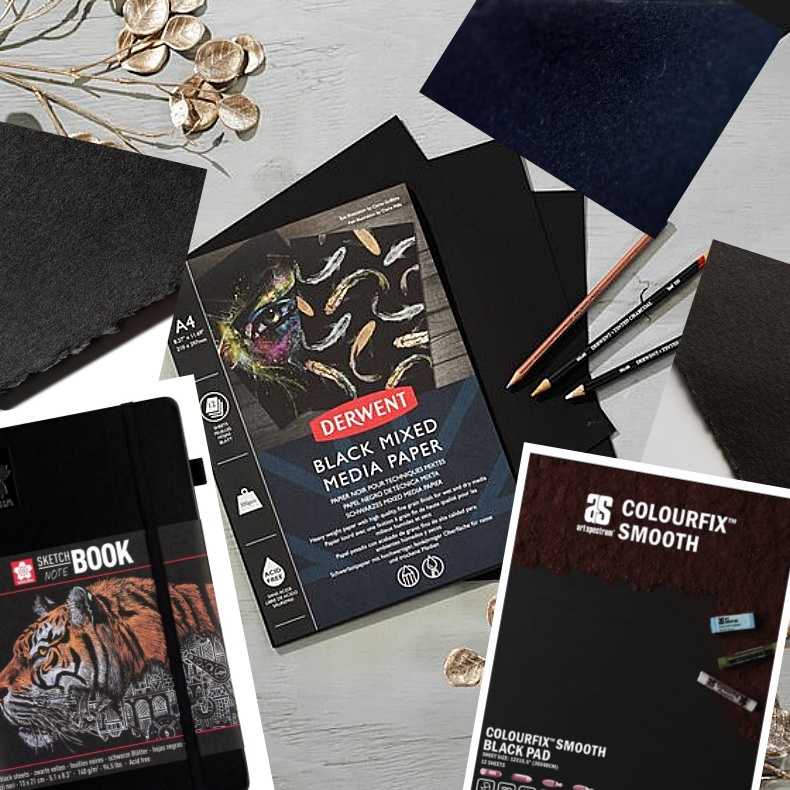
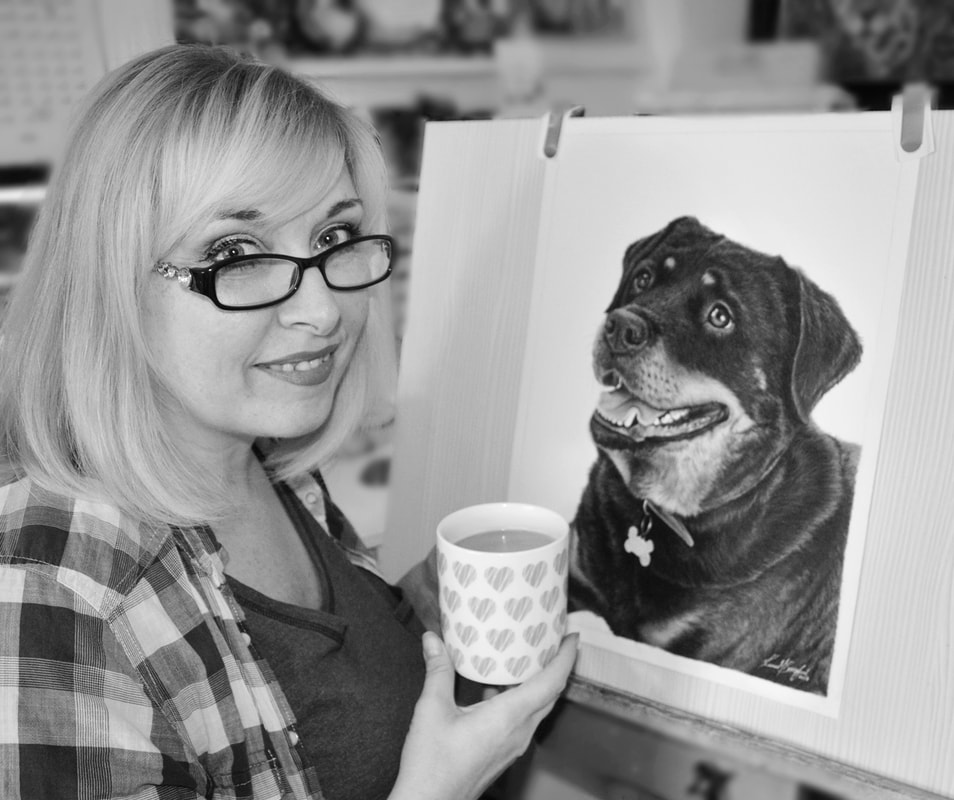
 RSS Feed
RSS Feed




